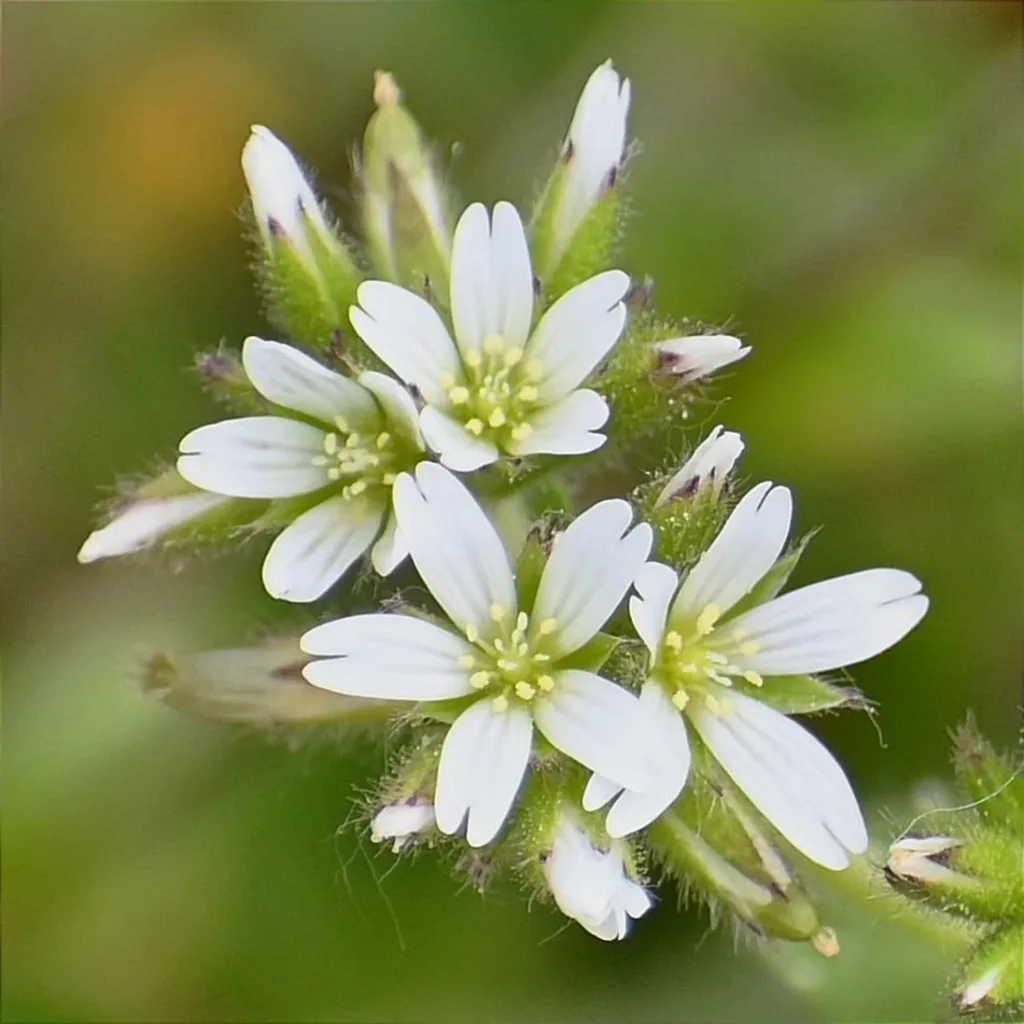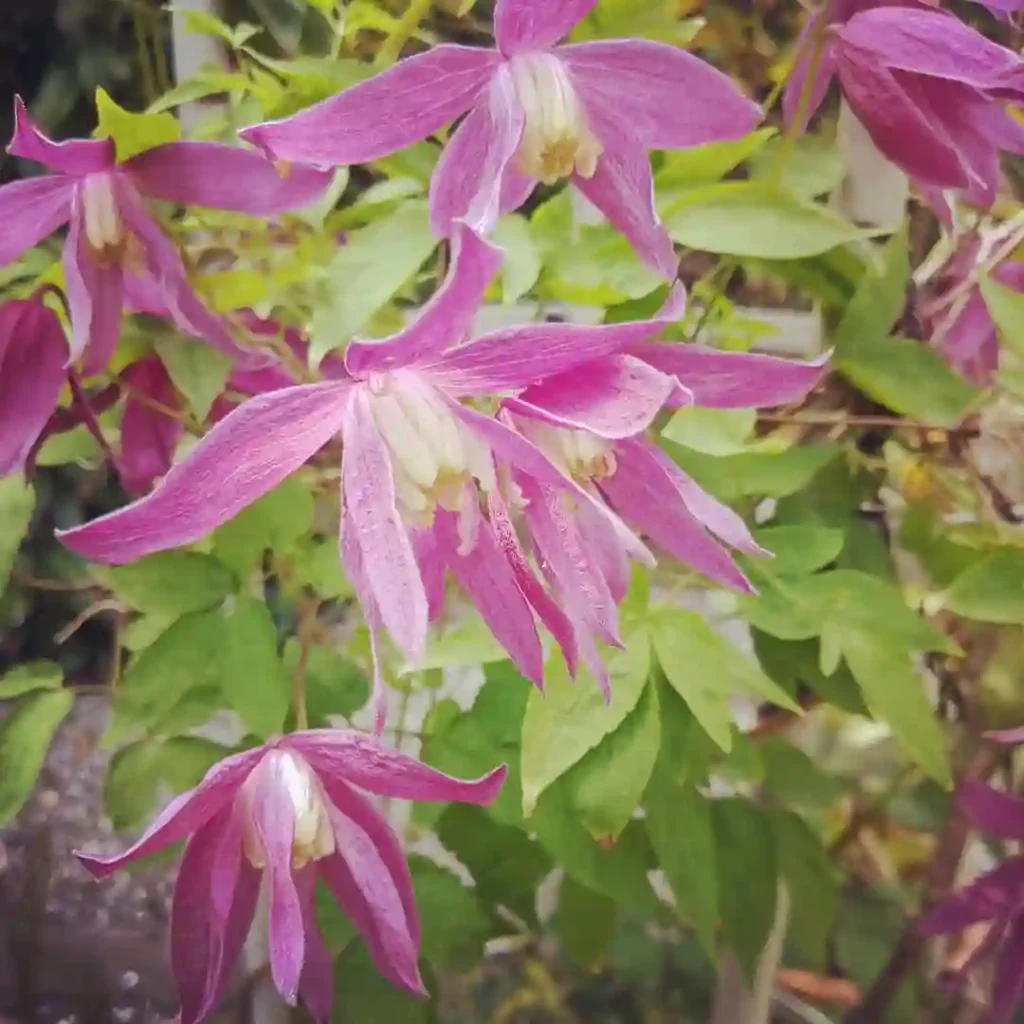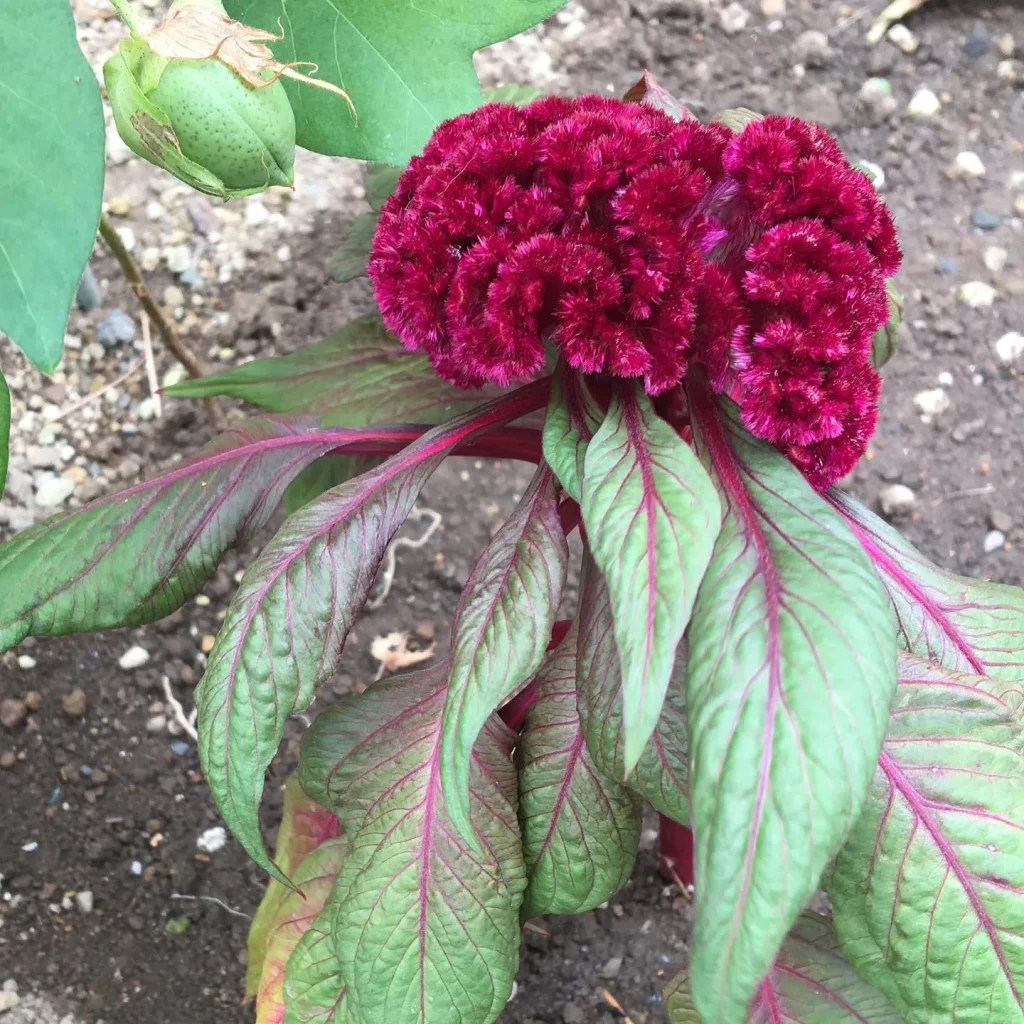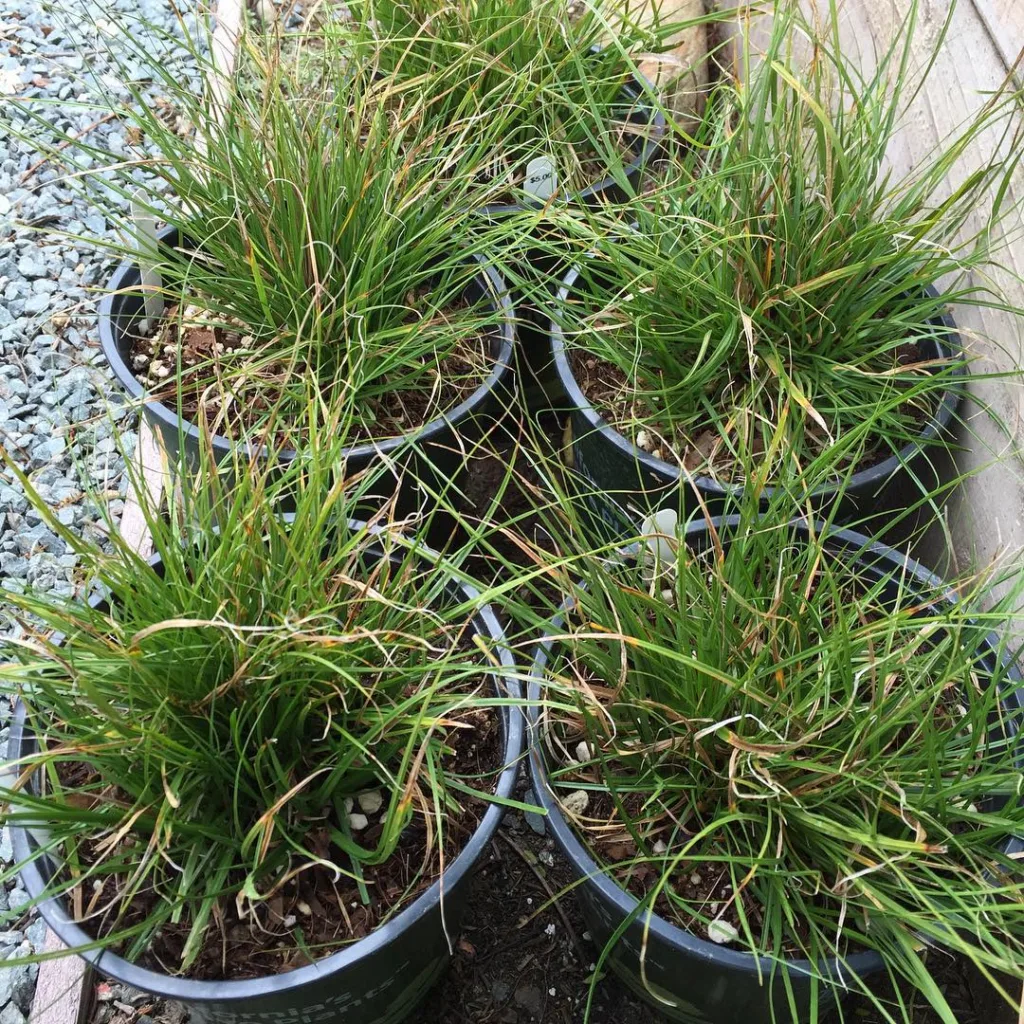My Journey into the World of Restionaceae
As a botanist, I’m constantly drawn to the unique and diverse world of plants. One family that has recently captured my attention is the Restionaceae, a fascinating group of plants with distinct characteristics and ecological importance. In this article, I’ll share my insights into this remarkable family, including its genera, key features, and ecological roles.
What are Restionaceae?
Restionaceae, commonly known as restios, are a family of flowering plants primarily found in the Southern Hemisphere, particularly in Australia, South Africa, and South America. These plants are typically characterized by their rush-like or grass-like appearance, with long, slender stems and reduced or absent leaves. While they might resemble grasses, they are more closely related to sedges and rushes.
Genera of Restionaceae
The Restionaceae family boasts a wide variety of genera, each with its unique characteristics and adaptations. Some of the prominent genera within this family include:
- Restio: This is the largest genus within the family, containing over 150 species. Restios are known for their diverse growth forms, ranging from small, tufted plants to tall, reed-like species.
- Elegia: This genus is characterized by its elegant, feathery inflorescences, which often add a touch of beauty to the landscape. – 50 Species in Genus Elegia
- Thamnochortus: These plants are known for their tough, wiry stems, which are often used for weaving and thatching.
- Willdenowia: This genus is recognized for its unique, cone-like inflorescences, which are often a striking feature of the plant.
- Hypodiscus: These plants are characterized by their underground stems and reduced leaves, making them well-adapted to arid environments.
- Alexgeorgea Carlquist
- Anarthria R.Br.
- Anthochortus Nees ex Endl.
- Aphelia R.Br.
- Apodasmia B.G.Briggs & L.A.S.Johnson
- Askidiosperma Steud.
- Baloskion Raf.
- Calorophus Labill.
- Cannomois P.Beauv. ex Desv.
- Catacolea B.G.Briggs & L.A.S.Johnson
- Centrolepis Labill.
- Ceratocaryum Nees
- Chaetanthus R.Br.
- Chordifex B.G.Briggs & L.A.S.Johnson
- Coleocarya S.T.Blake
- Cytogonidium B.G.Briggs & L.A.S.Johnson
- Dapsilanthus B.G.Briggs & L.A.S.Johnson
- Desmocladus Nees
- Dielsia Gilg
- Empodisma L.A.S.Johnson & D.F.Cutler
- Eurychorda B.G.Briggs & L.A.S.Johnson
- Gaimardia Gaudich.
- Hopkinsia W.Fitzg.
- Hydrophilus H.P.Linder
- Hypolaena R.Br.
- Lepidobolus Nees
- Leptocarpus R.Br.
- Lepyrodia R.Br.
- Loxocarya R.Br.
- Lyginia R.Br.
- Mastersiella Gilg-Ben.
- Melanostachya B.G.Briggs & L.A.S.Johnson
- Nevillea Esterh. & H.P.Linder
- Platycaulos H.P.Linder
- Platychorda B.G.Briggs & L.A.S.Johnson
- Rhodocoma Nees
- Soroveta H.P.Linder & C.R.Hardy
- Sporadanthus F.Muell. ex Buchanan
- Staberoha Kunth
- Taraxis B.G.Briggs & L.A.S.Johnson
- Tremulina B.G.Briggs & L.A.S.Johnson
- Tyrbastes B.G.Briggs & L.A.S.Johnson
- Winifredia L.A.S.Johnson & B.G.Briggs
Key Features of Restionaceae
Restionaceae plants possess several key features that set them apart from other plant families. These include:
- Rush-like or grass-like appearance: Most Restionaceae plants have long, slender stems and reduced or absent leaves, giving them a rush-like or grass-like appearance.
- Dioecious nature: These plants are typically dioecious, meaning that male and female flowers are borne on separate plants.
- Wind pollination: Restionaceae plants are primarily wind-pollinated, with their flowers adapted to capture and disperse pollen efficiently.
- Ecological adaptations: These plants exhibit a range of ecological adaptations, allowing them to thrive in diverse habitats, including wetlands, fynbos, and grasslands.
Ecological Importance of Restionaceae
Restionaceae plants play a vital role in the ecosystems they inhabit. They provide food and shelter for a variety of animals, including insects, birds, and small mammals. They also contribute to soil stabilization and nutrient cycling. In addition, some Restionaceae species are used by humans for weaving, thatching, and other traditional practices.
Conservation Concerns
While Restionaceae plants are resilient and adaptable, they face several conservation challenges. Habitat loss and degradation, invasive species, and climate change all threaten their survival. It is crucial to protect and conserve these unique plants to ensure their continued ecological and cultural significance.
My Fascination Continues
My exploration of the Restionaceae family has been a rewarding experience. The diversity, adaptability, and ecological importance of these plants are truly remarkable. I am excited to continue learning about this fascinating family and to share my knowledge with others.
Conclusion
The Restionaceae family is a treasure trove of botanical wonders. Its diverse genera, unique features, and ecological significance make it a captivating subject for study and appreciation. As a botanist, I am continually inspired by the beauty and resilience of these plants. I encourage everyone to take a closer look at the Restionaceae family and discover the many fascinating stories they have to tell.
Remember: Restionaceae plants are not just grasses; they are a unique and vital part of our natural world. Let’s appreciate and protect them for generations to come.
If i die, water my plants!



